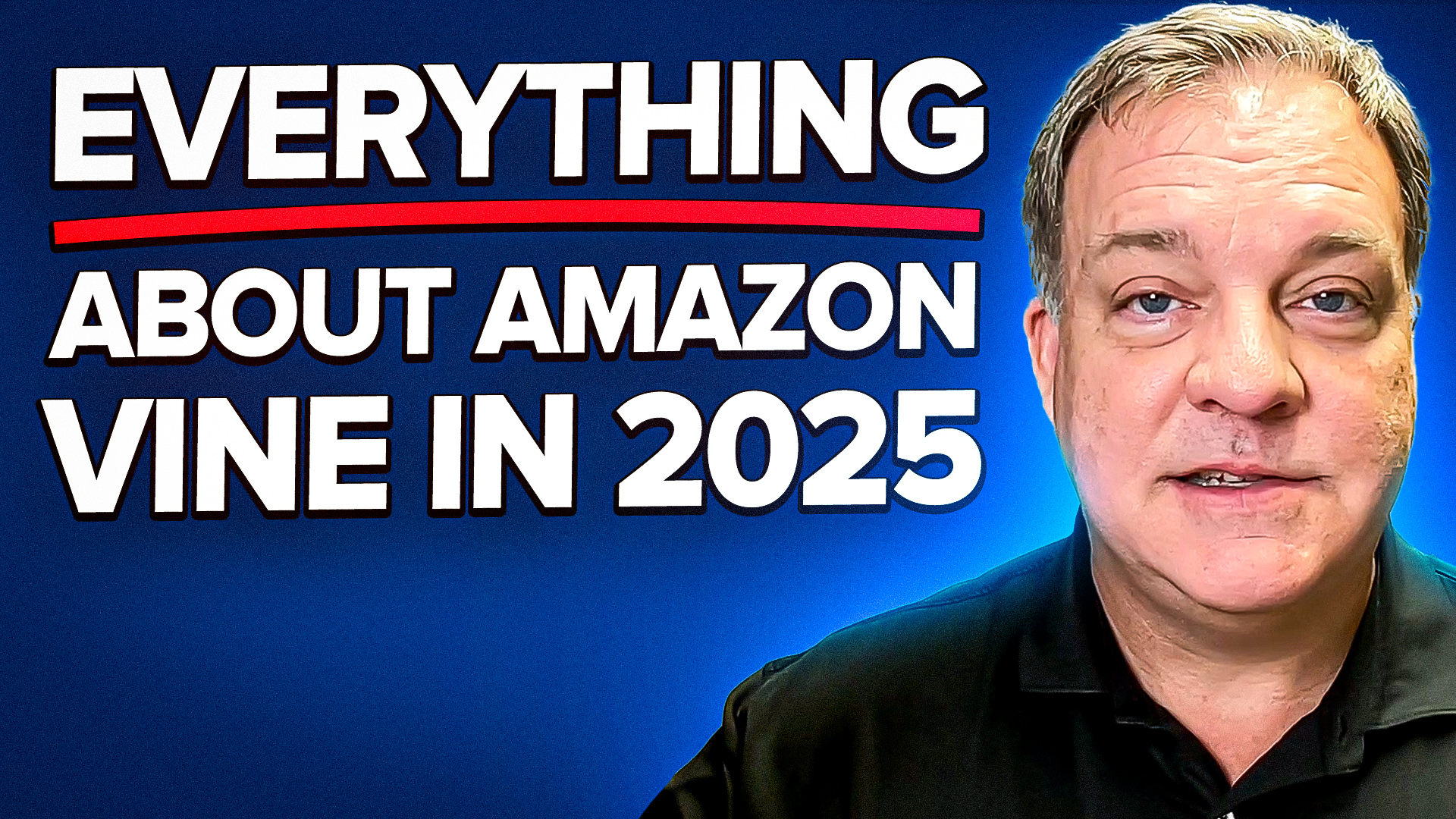Amazon Prime Day 2024 has come and gone, leaving in its wake a plethora of statistics and insights that reveal its impact on both sellers and buyers. This annual event is not only a significant occasion for Amazon but also for countless sellers who rely on its promotional power. In this article, we will dive deep into the results of Prime Day 2024, explore the statistics, analyze the successes and failures, and discuss what these findings mean for the future of e-commerce.
Amazon Prime Day 2024: The Stats
Amazon Prime Day 2024 took place on July 16th and 17th, marking a two-day event that set new records. The numbers are staggering, showcasing the immense scale of this shopping extravaganza.
- Over $14.2 billion in sales
- 11% increase compared to 2023
- More than 200 million items sold
- Approximately $5 million in sales per minute
- Close to 70,000 items sold per minute
These figures illustrate the sheer magnitude of Prime Day. To put it into perspective, during the 48 hours of Prime Day, Amazon was generating revenue at an unprecedented rate. The logistics and infrastructure required to support such an event are mind-boggling.
Agency Results: eComCatalyst’s Performance
As an e-commerce agency, eComCatalyst experienced remarkable results during Prime Day 2024. When comparing the revenue from the Prime Day event to the previous Tuesday and Wednesday, the agency reported a remarkable 134% increase in revenue.
This significant growth is notable, especially considering when comparing to the preceding month’s performance showed a 125% increase. Such figures indicate that the event was not only beneficial for Amazon but also for the sellers utilizing promotional strategies effectively.
Driving Traffic to Amazon
One crucial strategy for many sellers during Prime Day was directing traffic to their Amazon listings. This approach can be particularly effective for brand owners who typically focus on their direct-to-consumer (D2C) channels.
Utilizing attribution links allowed sellers to send targeted traffic to specific deals or their Amazon store. Many brands opted to leverage their email lists and social media platforms to drive traffic to Amazon instead of their own websites. This shift proved beneficial, as customers were eager to take advantage of Prime Day discounts.
Challenges Faced During Prime Day
Despite the impressive sales figures, Prime Day 2024 was not without its challenges. Sellers encountered several issues that impacted their ability to capitalize on the event.
Infrastructure Issues
One of the primary concerns during Prime Day was the instability of Amazon’s infrastructure. Many sellers reported outages and glitches, particularly in the campaign center, which affected their advertising efforts.
Prime Exclusive Discounts Problems
Several sellers faced difficulties in submitting their Prime exclusive discounts. The suppression of reference prices led to frustration, as many deals could not be activated. This issue was particularly concerning for sellers who had prepared special offers for the event. Fred McKinnon, founder of eComCatalyst created a video detailing ways to fix some of the typical Prime Exclusive Discount (PED) errors, such as the “No Reference Price” or “No List Price” errors.
Competitive Price Scraping
Another significant issue was Amazon’s competitive price scraping. Amazon monitors prices across various marketplaces, including Walmart and Target, and will suppress listings if they find cheaper prices elsewhere. This practice can severely impact a seller’s buy box and overall sales.
Consumer Behavior: Were the Deals Genuine?
Amidst the sales frenzy, consumers began to question the authenticity of the deals being offered. Many reported instances where prices increased prior to Prime Day, only to be presented as discounts during the event. This practice led to skepticism among buyers, who were on the lookout for genuine bargains.
While some sellers raised their prices to maximize profits during this high-traffic period, others attempted to offer legitimate deals. The challenge lies in maintaining transparency and trust with consumers, especially as competition intensifies.
Looking Ahead: Fall Prime Day 2024
Amazon has announced plans for another Prime Day in the fall of 2024. While this event is typically less impactful than the summer event, it still presents opportunities for sellers to engage with consumers and boost sales.
Sellers should begin preparing their strategies now, ensuring they have the necessary infrastructure and promotional tactics in place to maximize their success during this upcoming event.
Conclusion: The Future of Amazon Prime Day
In conclusion, Amazon Prime Day 2024 was a resounding success, achieving record-breaking sales and engagement. However, it also highlighted the challenges that sellers face in this ever-evolving e-commerce landscape.
As we look to the future, it’s clear that sellers must adapt and innovate to navigate the complexities of online selling. By leveraging data, optimizing strategies, and maintaining transparency with consumers, sellers can better position themselves for success during future Prime Days and beyond.
For those looking to enhance their e-commerce strategies, consider seeking professional guidance and utilizing proven tools and resources. The world of e-commerce is dynamic, and staying informed will be key to thriving in this challenging environment.
At eComCatalyst, we are ready to partner with you to launch, scale, and optimize your e-Commerce business. Check out many of the services we offer and schedule a free consultation.






